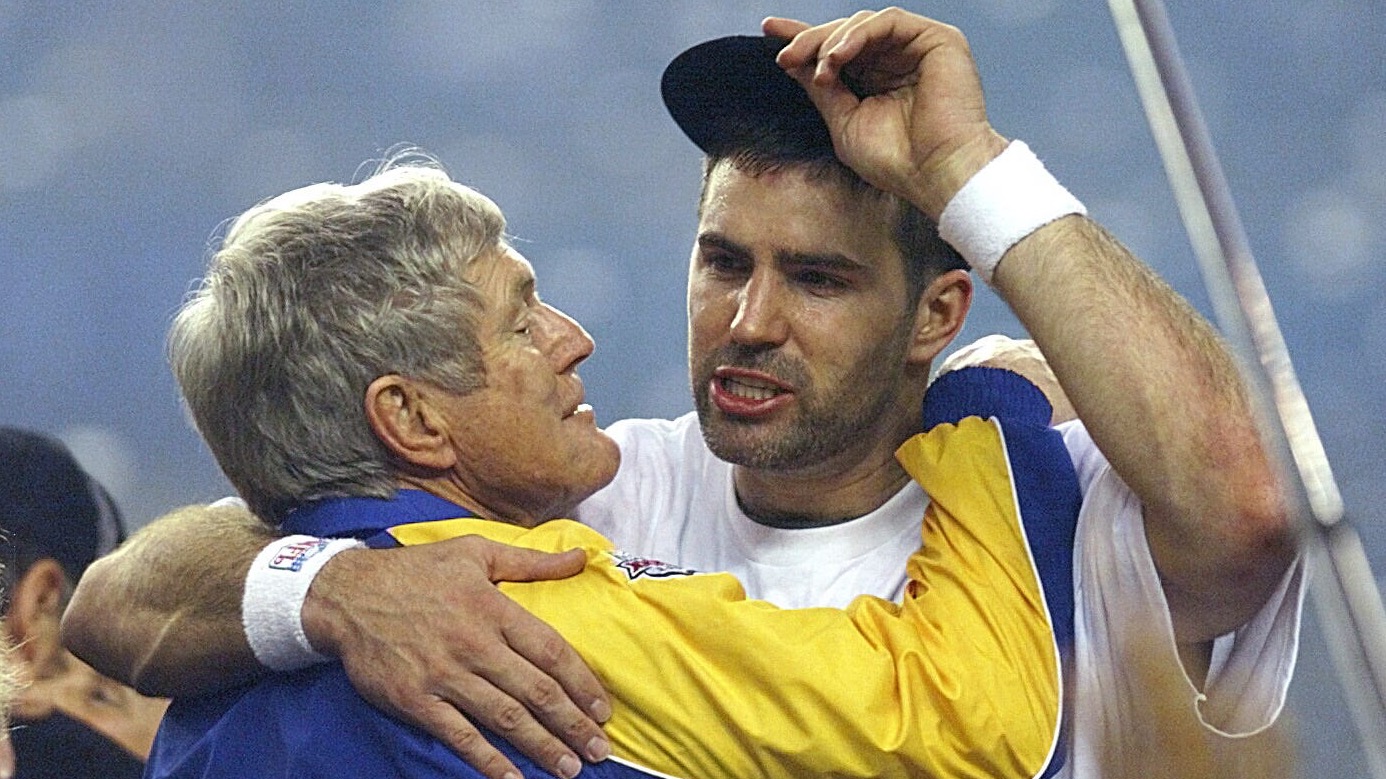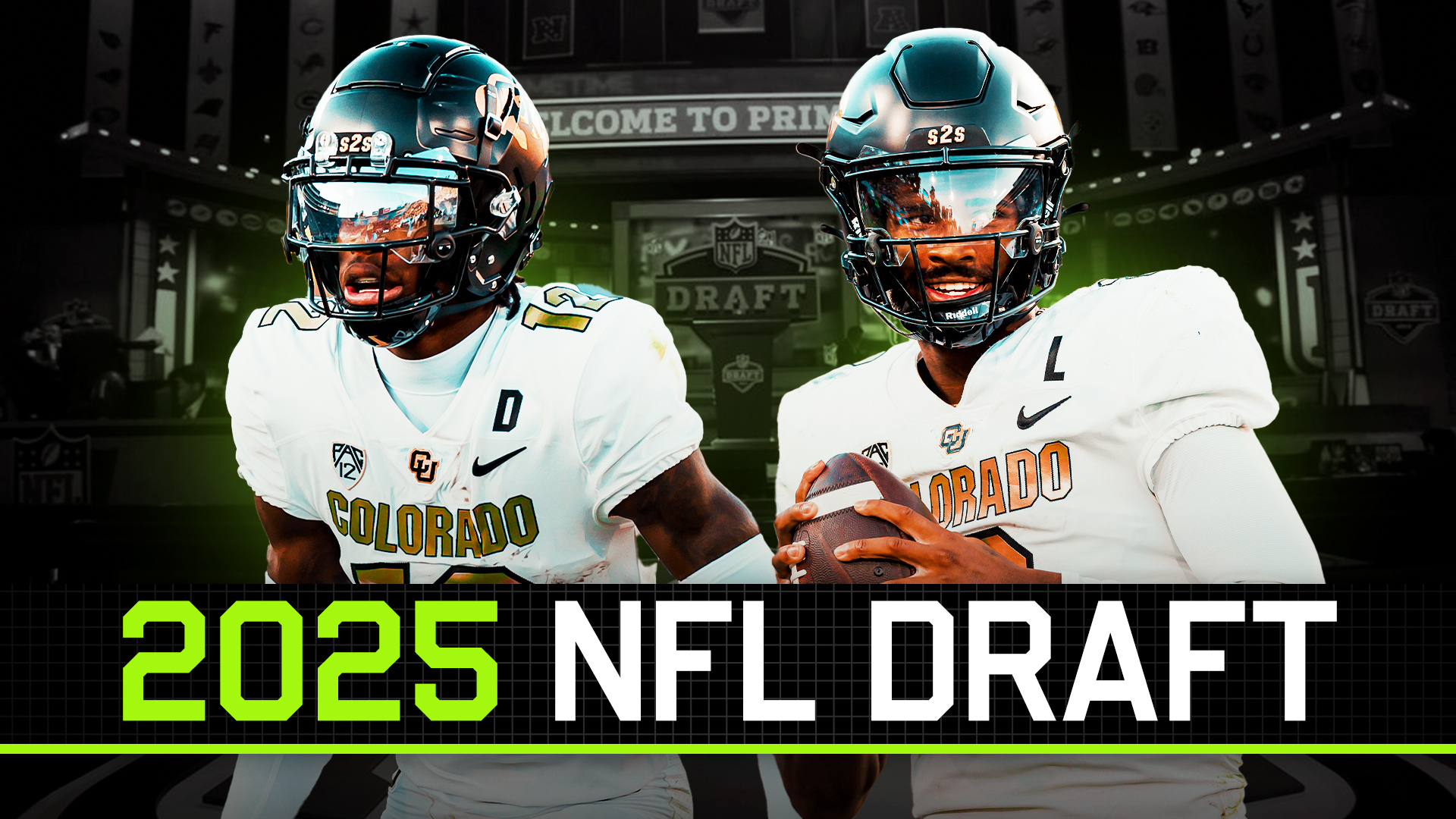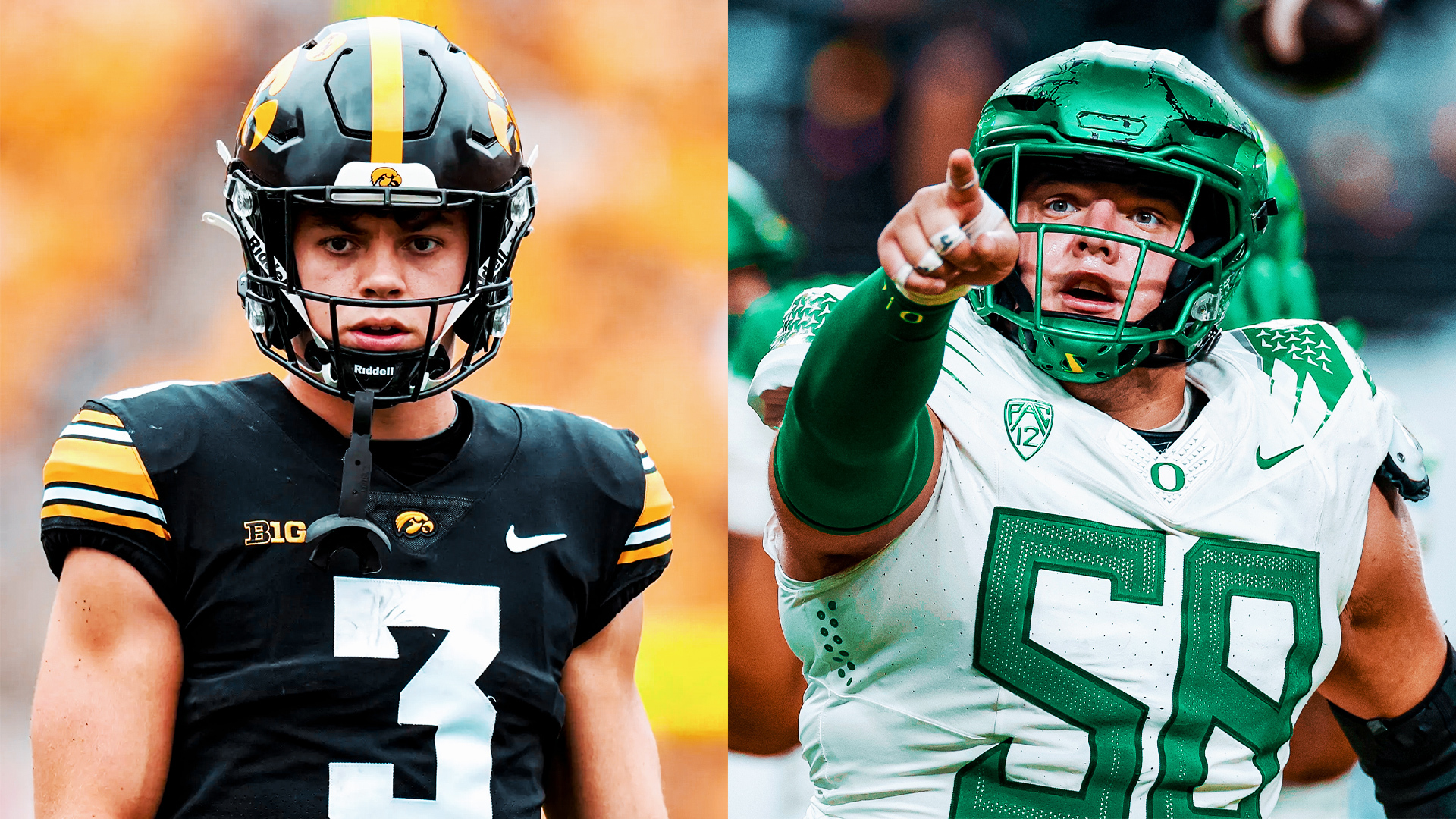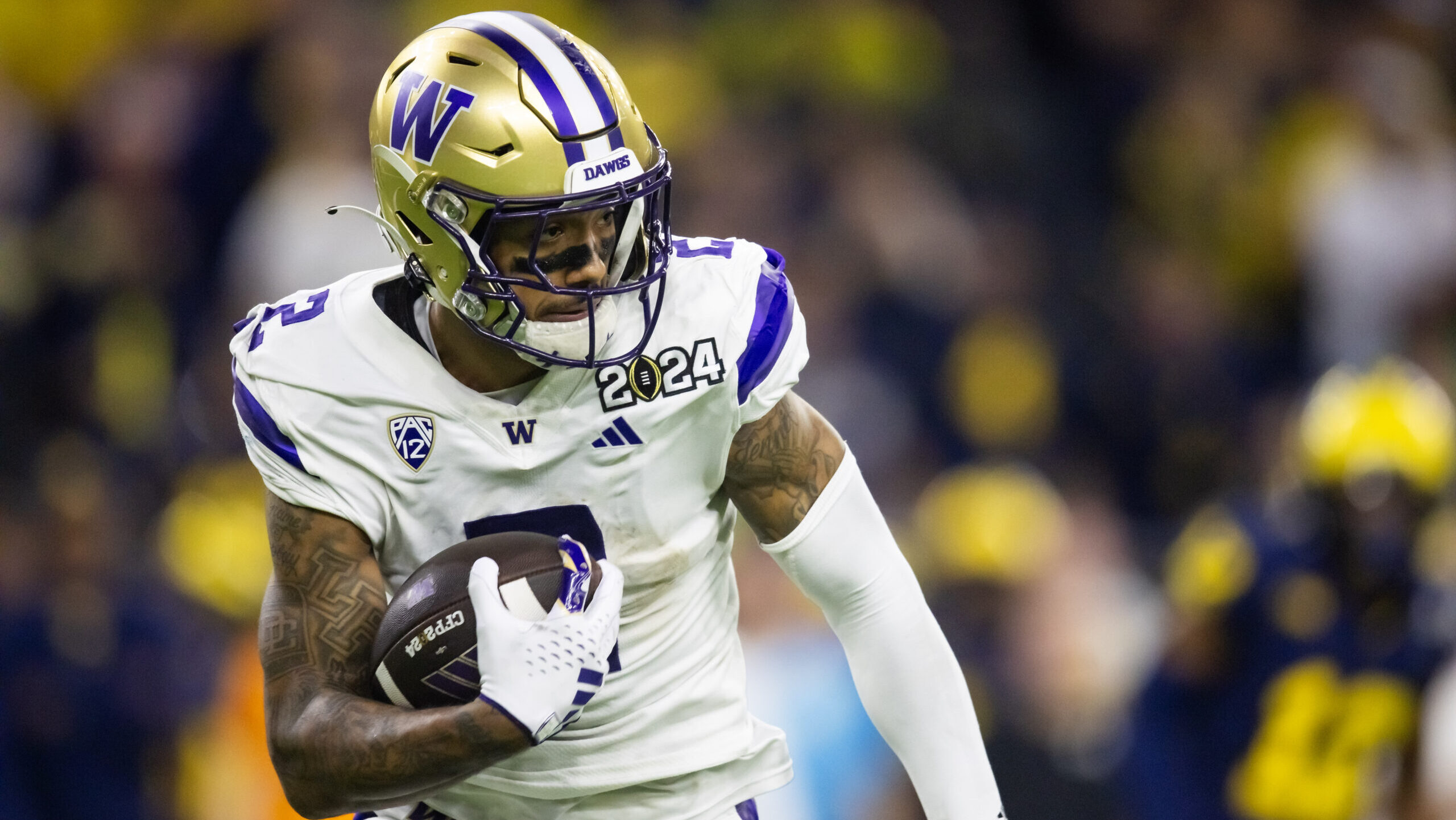Analysis
4/8/24
9 min read
How NFL Teams Prepare Their Final Draft Board
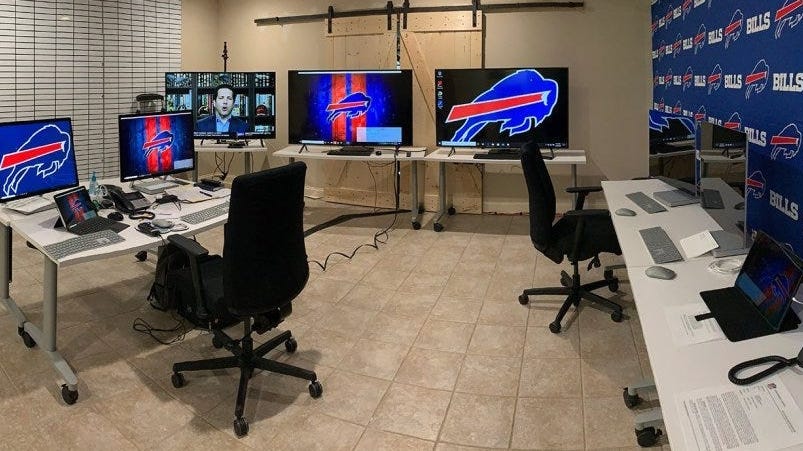
The NFL's annual league meetings are over. Free agency is winding down with all the mega-deals done. Most collegiate pro days are in the books. College scouts are traveling their territories, rounding up testing and measurables (height, weight, speed, drills data) on draftable players as well as on potential collegiate free agents.
Assistant coaches are finishing their workouts and reports on draftable players at their position. The general manager, director of player personnel and other senior football executives are back in the office parsing the latest data from workouts.
If my experience is any guide, this group is in the office right now preparing the final draft board. That board will dictate their choices in the draft on April 25.
Preparing Final Boards
The data they are parsing will be the final information for the prospect's profile in his official scouting report. Most important information – such as height, weight, speed, body type, medical grade and mental and psychological grade – appears on the player's card, which is placed on the draft board. It can be revised right up until draft day if new information surfaces, but for the most part, the old and famous scouting phrase, "it is what it is," is applicable.
The accepted practice of every draft room I've been in is to take every player's best measurable during the entire scouting process as the "official" one. For example, if a player ran a 4.52-second 40-yard dash at the combine and 4.49 at his pro day, we would list him at 4.49.
>>Read: How NFL Teams Use the Scouting Combine
The only exception would be an outlier number that clearly was not reliable. Using the previous example, if the player runs 4.52 and 4.54 at the combine and then 4.39 at his pro day, the first thing we would do is send a scout to time him again. If that wasn't possible, we would weigh the three times and list him at 4.50 E. The E indicates the time is an estimate, not verified. The above example rarely occurs.
The draft board will soon be ready for debate and final decisions. Copies of each player's finished scouting report are on every senior executive and coach's laptop. The football executive team is busy studying and making notes and questions about each player. The analysis of any prospect has to come with a framework. The framework is the scouting report.
Scouting Report Sections
The final written scouting report can run as long as six pages per player. With the Indianapolis Colts, our report had six basic sections. The first was a short biography of the player. The next was a listing of measurables – height, weight, 40-yard dash time, various drill times and certain position-specific measurables such as quarterback hand size, offensive line arm length and receiver wingspan.
The third section was a numeric grade for position specifics. We'll use quarterbacks as an example. Their specifics included arm strength, accuracy (long, medium and short), touch, speed of release, footwork, processing speed, reading of defenses, pocket poise, play extension and running ability. There are more, but those give you a picture of how thoroughly we graded players.
The combination of physical stature, measurables and position specifics are commonly referred to as traits. In our system, attributes graded by number corresponded to colors and comprised the player's grade. For example, a player with a grade between 1.0 and 1.99 would be a first-rounder and identified by the color blue. A grade of 2.0 to 2.99 is a second-rounder identified as a red. A grade of 3.0 to 3.99 is a third-rounder and a purple.
We had two large boards in our draft room. One was in the front, which faced all of us as we were seated at our table, brilliantly known as the "front board." The so-called "backboard" was behind us. The front board consisted of players graded from Rounds 1-7 in our grading scale. Again, brilliantly, the grades corresponded directly to the round in which the player was placed. The color of his card reflected his grade. For example, players in Rounds 4-7 were purples.
>>READ: How 'Type' Grading System Allows Teams to Reduce Bust Risk
Players who did not make the front board bore the color green and were referred to as "greenies." Many of these players were signed after the draft as free agents, and a significant portion made a team.
The beauty of such a system is every team has a historical database used to compare today's players with those of yesteryear.
The fourth section of the report covered test results, which measured the ability to learn and retain complicated information, spatial awareness, processing speed and an overall evaluation by our team psychologist. This is critical information that is not and should not be available to the media or fans. The tests are all proprietary and their implementation varies throughout all 32 teams.
For quarterbacks, these test results are as important as the physical traits. We'll deal with various draft myths often cited on TV and in the media over the next few weeks. This is particularly true relative to quarterbacks.
Let's deal with two such wives' tales here. They are the importance of the Wonderlic test and arm strength. One measures mental acuity and the other is an important physical trait. Throughout my career, we used the Wonderlic test as a diagnostic tool and not a measurable one. If a player had difficulty reading or some other learning-related condition, it would show up on the test. That told us we needed to do further work on the player, and it never disqualified anyone.
Arm strength is great to have, but by itself has little to do with quarterback success in the NFL. Tom Brady and Peyton Manning had above-average but not eye-popping arm strength. We can get excited with the 100 mph fastball but there's far more to being a winning quarterback in the NFL than that.
The fifth section of the report contains the player's medical history and the result of his physical exam from the teams' physicians. The doctors give the player a numerical grade ranging from draftable to "do not draft." Many big-name prospects have their draft status affected by the results of the physical. Many have had serious, sometimes life-threatening conditions diagnosed because of the thoroughness of this pre-draft physical.
The final page of the report contains an evaluation in prose by the various scouts who have evaluated the player. The area scout, the cross-checking scout and the college scouting director offer a written opinion. The director will place the preliminary grade on the player. The grade consists of a number and color component that equals the round in which the player is placed. Example: Andrew Luck, 1.23-blue.
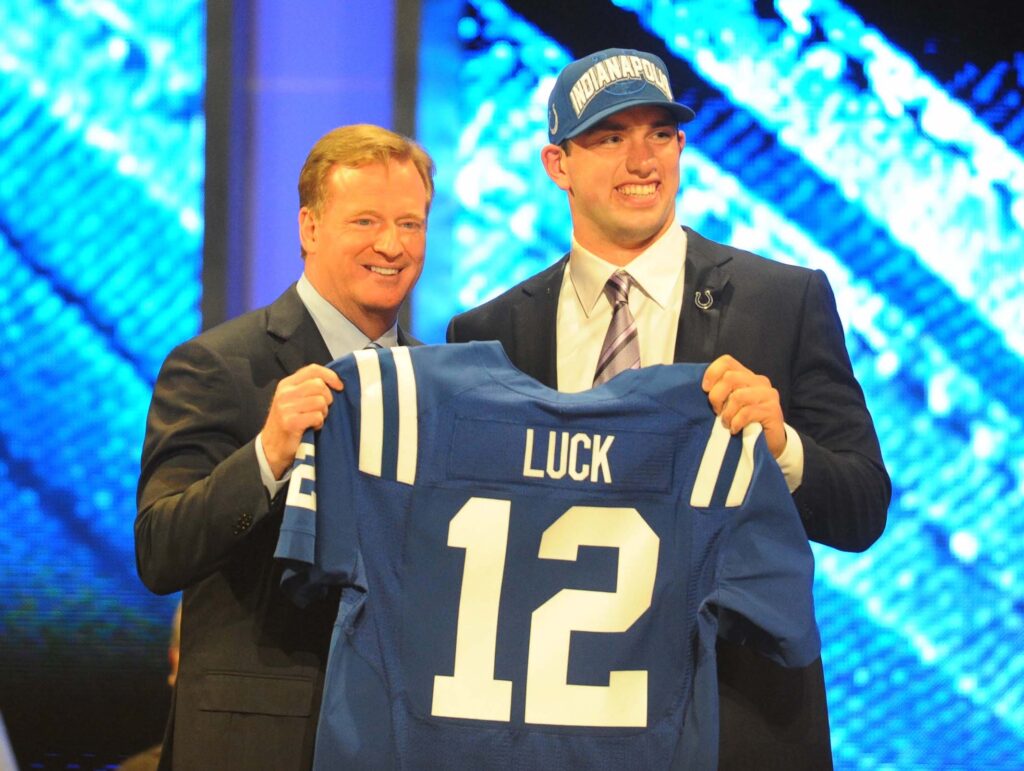
The report ends with what is commonly referred to as a "one-liner." It's often more than a sentence, but it is a summary of the organization's conclusion on the player. An obvious example might be: "Andrew Luck. All his measurables and traits range from excellent to far above average. He is the best prospect at his position since Peyton Manning and Tom Brady. He has all the tools – physical, mental and psychological – to be a Super Bowl-winning quarterback. No. 1 choice."
The position coach and coordinator also will file written reports after film review. They will opine on whether the player can play and win in the NFL and whether he can help our team. All of this material is circulated to the executive decision-making group. Naturally, it is closely held. The makeup of the decision-makers with the Colts consisted of the GM, head coach, player-personnel director, assistant GM, college scouting director and football operations director.
Let's dispel another myth. In my experience, no player goes "rocketing up the draft board" at any time prior to the final draft meetings. The scouts, GM and football executives know generally what every player is during the preliminary scouting meetings held the previous December.
As new and verified data comes in, it is entered into the player's file. If the data (good or bad) warrants a review, his name is placed in a review file, and he is discussed in meetings that will begin in about a week. His grade can change (up or down) after that meeting.
We had a rule that no player listed in the fourth round or above could move more than one round from his December grade without the unanimous approval of the executive team. A player (usually a greenie) could, with the same unanimous approval, move from Round 7 to 5 if new information (usually great workout times) indicated it was warranted.
That was the case with Robert Mathis, who went from the seventh round to the fifth to a stellar career with the Colts and, hopefully soon, to the Hall of Fame. He didn't rocket up the board. His final grade and our ability to draft him were based on specific data and a rigorous process.
We've shown you in some measure the details of "how the sausage is made." The final product is always what occurs on draft day. In future articles, we'll go behind the scenes and into the draft room to give you a view of what really happens there.
As told to Vic Carucci
Bill Polian is a former front office executive and a six-time Executive of the Year award winner who won Super Bowl XLI with the Indianapolis Colts. Polian's career as an executive earned him an induction into the Pro Football Hall of Fame in 2015.


